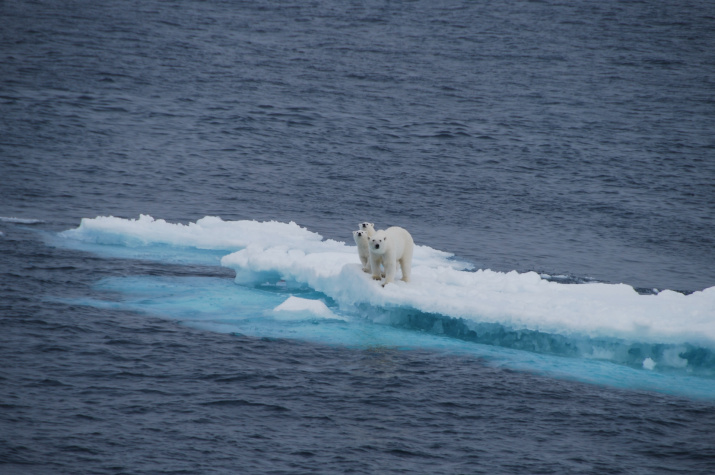In the Northern Hemisphere, there are 1,496 glaciers ending in the sea. This is approximately 28% of the glaciation area outside the Greenland ice sheet. The employees at the Glaciology Department of the Institute of Geography of the Russian Academy of Sciences took part in the scientific research that, for the first time, gives a quantitative assessment of the mass loss of such glaciers on the border with the ocean as a result of melting and chipping icebergs. This phenomenon is called "frontal ablation".
To assess the frontal ablation of Arctic glaciers, the authors of the research used an extensive set of satellite and field observations, as well as mathematical models. It turned out that the region of the Russian Arctic is characterized by the highest rates of losses.
In general, the rate of frontal ablation was 44.47 ± 6.23Gt of ice per year from 2000 to 2010, and 51.98 ± 4.62Gt per year from 2010 to 2020. The Russian Arctic accounts for 22% of the area of the glaciers ending in the sea, and approximately 38% of the total frontal ablation. At the same time, most of the losses are observed on Franz Josef Land.
The largest number of glaciers ending in the sea is located on the periphery of Greenland (537). It is followed by the Russian Arctic (412), the north of the Arctic region of Canada (252), Svalbard and Jan Mayen (166), the south of the Arctic region of Canada (86), Alaska (42), and Iceland (1). However, the length of such glaciers in Russia is more than twice the length of the glaciers of the Greenland periphery. In the period from 2000 to 2010, 49 glaciers flowing into the sea lost contact with the ocean and began to end on land. In the next decade, 120 more glaciers shared their fate.
Quantification of frontal ablation is of great importance for calculating sea level fluctuations, estimating the contribution of glaciers to ocean desalination, impacts on marine ecosystems, and the dangers associated with icebergs.
You can learn more about the results of the scientific research in the journal Nature Communications.



